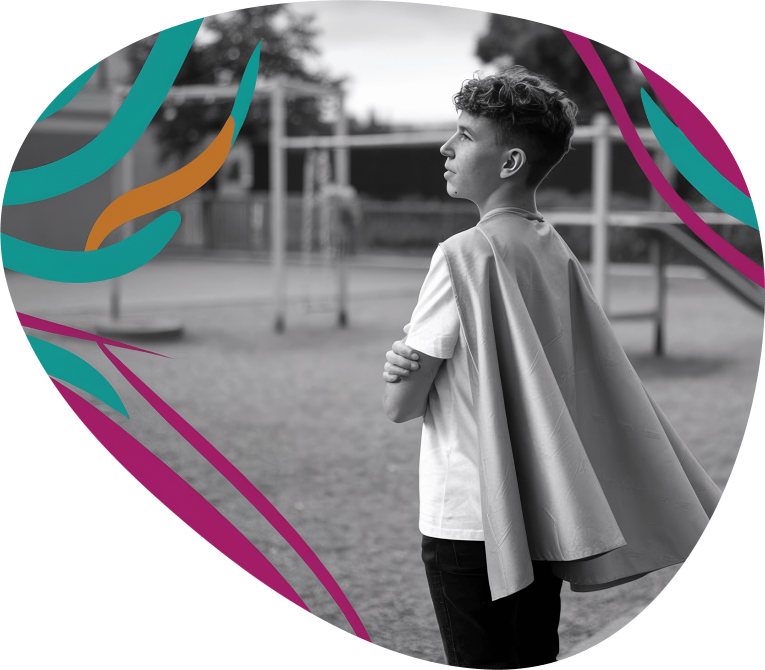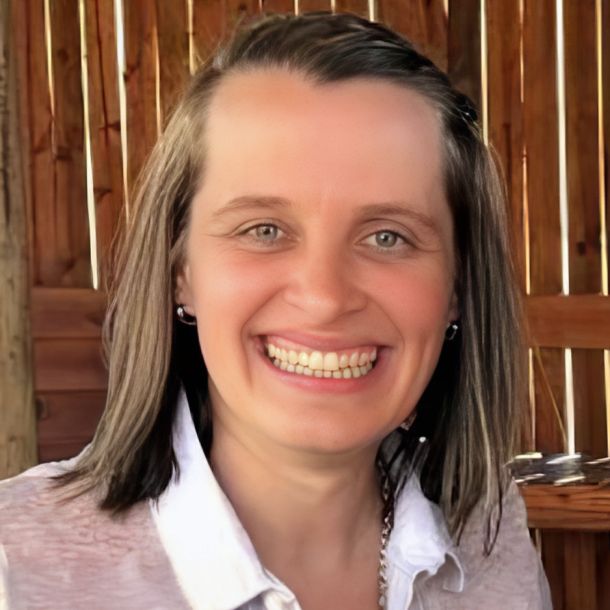Stress
This causes your child stress and just makes things worse. It increases the need to move, and decreases control and organisation of the body.
The need for calm and quiet in the classroom often requires your child to learn and behave in ways that work for other children but just don’t work for them. And that’s where refusal and defiance may start happening. Often their defiance turns out to be self-protection. We need to understand why, what is the underlying cause?
What causes these behaviours?
ADHD is a genetic trait that has evolved over millions of years and appears in every country around the world. So it must have an evolutionary advantage, or it would have died out.
Their teacher may say, “Behavior is always a choice”. We think their behaviors are opportunities for us to learn what may be the underlying neurodevelopmental challenges they are dealing with, so that those can be addressed.
We often see irregularities in muscle tone, in the sense of body-in-space, in being able to move just what needs to move and resting all the rest, in eye teaming and tracking… there’s more. The children are different from one another, so it takes some exploration.
We choose to see their learning differences as differences rather than as disabilities. We find it important to show your child how to both manage their needs (such as movement) and leverage the thinking processes that are natural to them.









